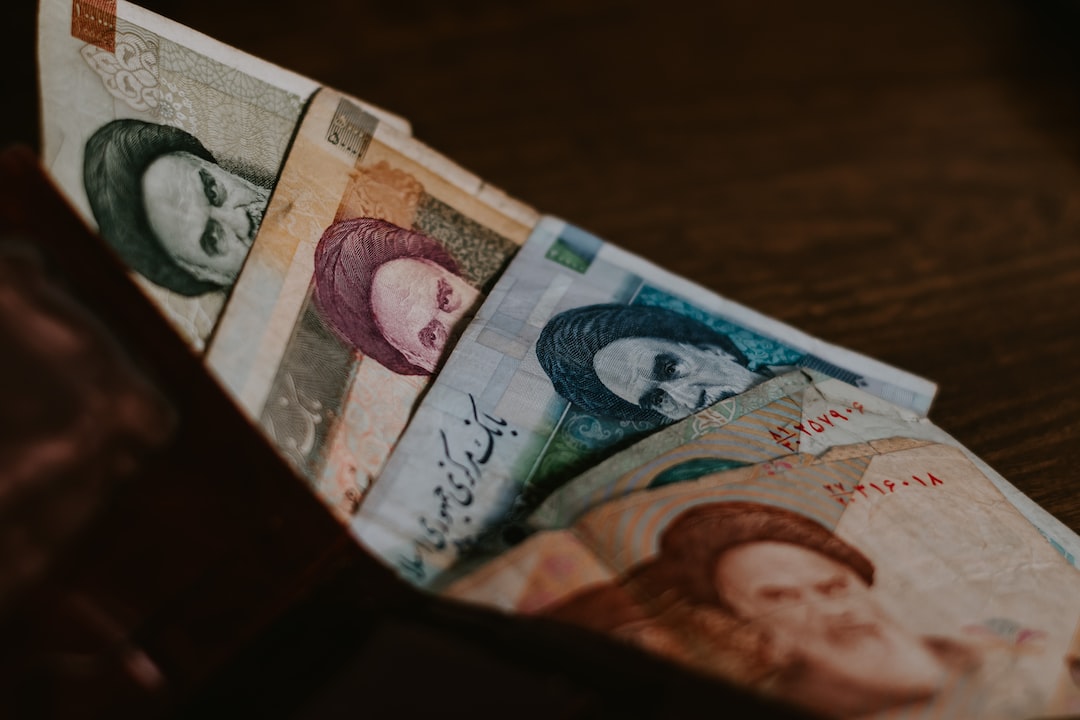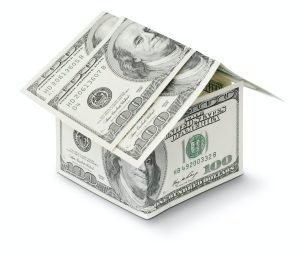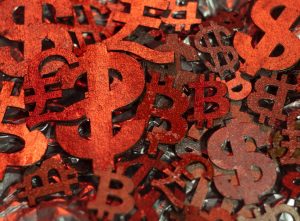Forex trading is one of the most lucrative businesses in the world. It involves buying and selling of currencies from different countries, with the aim of making a profit from the fluctuations in their values. However, to succeed in forex trading, one needs to understand the market trends and use various tools to make informed trading decisions. One of the tools that traders can use in forex trading is statistics.
Statistics is the science of collecting, analyzing, and interpreting data. In forex trading, statistics can be used to analyze market trends and make predictions about the future movements of currency prices. Here are some ways to use statistics in forex trading:
1. Analyzing historical data
One of the primary uses of statistics in forex trading is to analyze historical market data. By analyzing past market trends, traders can identify patterns and trends that can help them make informed decisions about when to buy or sell currencies. Traders can use statistical tools like moving averages, trend lines, and regression analysis to analyze historical data.
2. Identifying trends
Another way to use statistics in forex trading is to identify trends. Traders can use statistical tools like moving averages, Bollinger bands, and trend lines to identify trends in currency prices. Identifying trends can help traders make informed decisions about when to enter or exit trades.
3. Predicting future prices
Statistics can also be used to predict future currency prices. Traders can use statistical models like time series analysis, regression analysis, and neural networks to predict future prices. These models use historical data to identify patterns and trends that can help predict future prices.
4. Risk management
Statistics can also be used for risk management in forex trading. Traders can use statistical tools like standard deviation, value at risk (VAR), and Monte Carlo simulations to manage risks. These tools can help traders calculate the potential losses and risks associated with a trade, and make informed decisions about the amount of capital to invest in a trade.
5. Quantitative trading
Finally, statistics can be used for quantitative trading in forex. Quantitative trading involves using mathematical models and algorithms to make trading decisions. Traders can use statistical models like machine learning, artificial intelligence, and data mining to build trading algorithms that can analyze market data and make trading decisions automatically.
In conclusion, statistics is a vital tool in forex trading. Traders can use statistical tools and models to analyze historical data, identify trends, predict future prices, manage risks, and engage in quantitative trading. By using statistics, traders can make informed decisions and increase their chances of success in forex trading.





